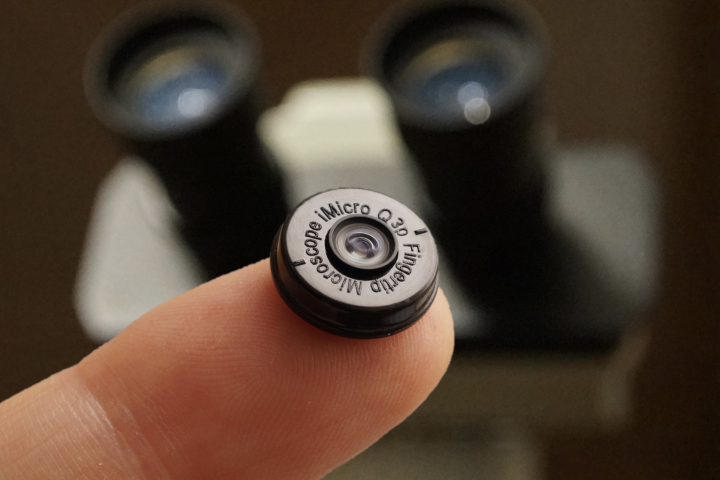The astronomy community has just received another tool in the search for faraway worlds, with a new exoplanet hunting instrument entering service in Chile. The device will scan the sky from the European Southern Observatory's (ESO) La Silla facility in the Atacama Desert, cataloguing potential exoplanets for further study by larger scientific instruments.
The Multi-site All-Sky CAmeRA (Mascara) was built at Leiden University in the Netherlands and is actually a two-piece operation consisting of one camera each hemisphere, one in the Canary Islands, and another in the more southern Atacama Desert. Each is made up of five digital cameras built from off-the-shelf-components.

These two camera arrays work together to continually measure the brightness of thousands of stars, using software to detect momentary dimming of their light as a planet passes in front. This approach is called transit photometry, and is the same technique used by NASA's Kepler space telescope to detect thousands of exoplanets so far.
"Stations are needed in both the northern and southern hemisphere to obtain all-sky coverage," says Ignas Snellen, of Leiden University and the Mascara project lead. "With the second station at La Silla now in place, we can monitor almost all the brighter stars over the entire sky."
ESO says that the Mascara station at La Silla has now made its first successful test observations, and will now work with its northern sibling on its primary science aim: detecting "hot Jupiters." These large, distant worlds are similar to our Jupiter in physical terms, but orbit their stars more closely and in just a few hours, making for high surface temperatures.
Mascara also has the ability to detect super-Earth and Neptune sized planets, according to ESO. It expects that the project will build up a catalogue of possible exoplanets, whose atmosphere's and other characteristics can then be studied more closely with larger instruments, such as ESO's Very Large Telescope.
The video below offers an overview of the Mascara project.
Source: ESO









